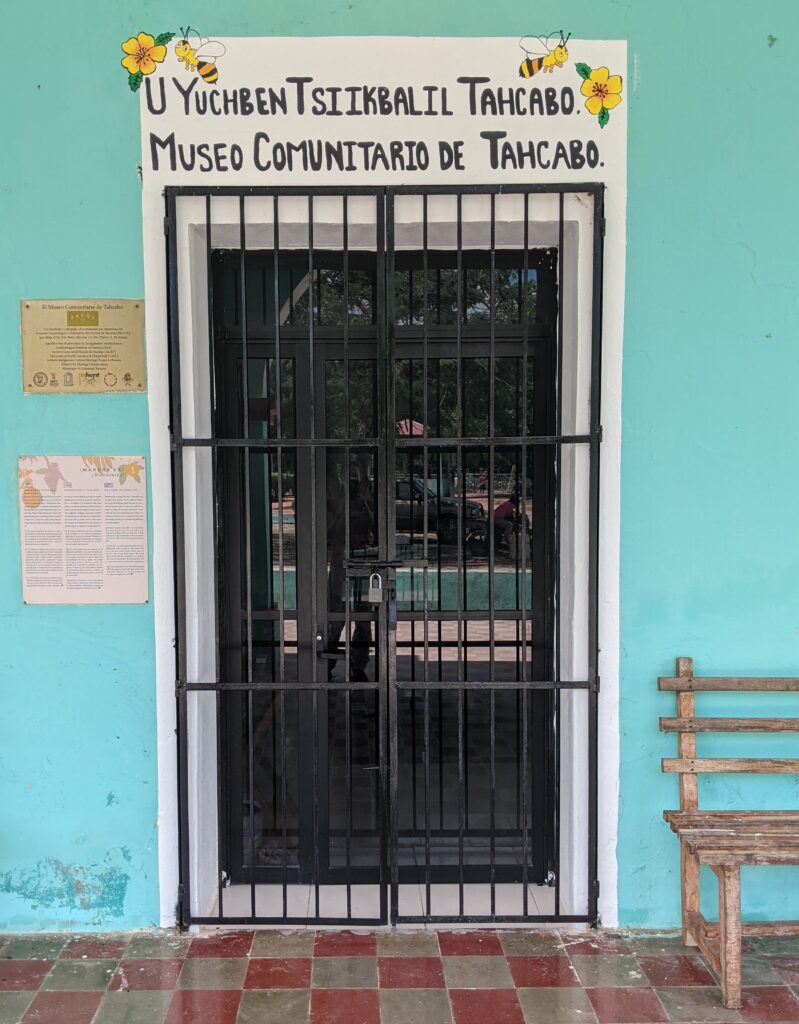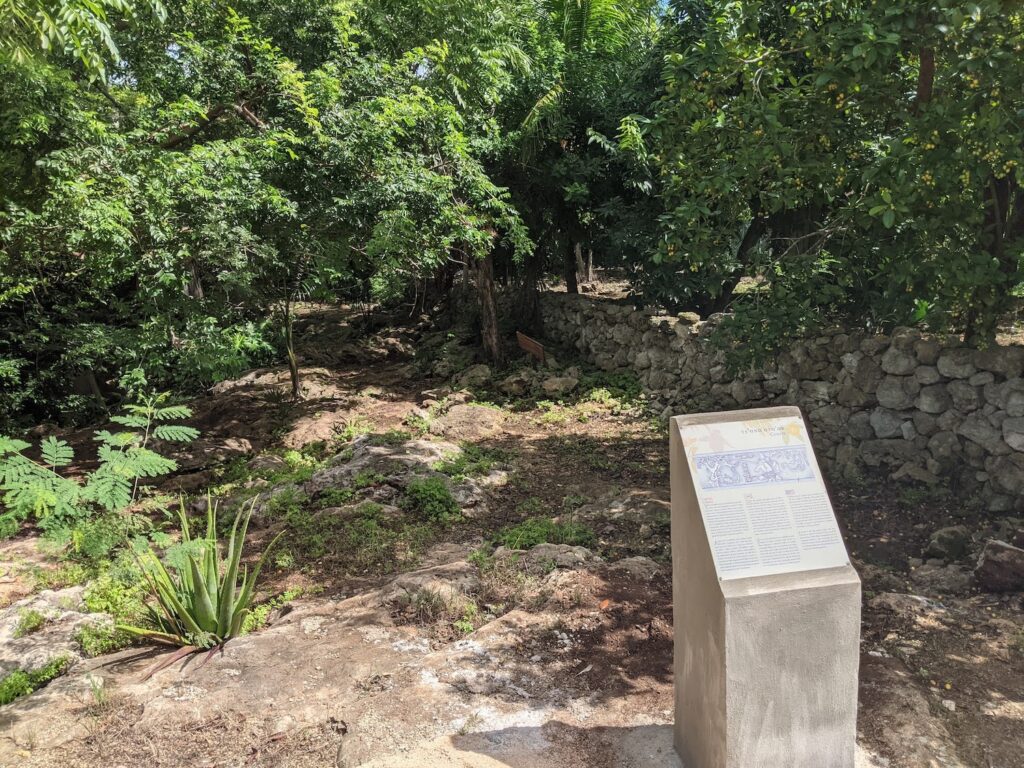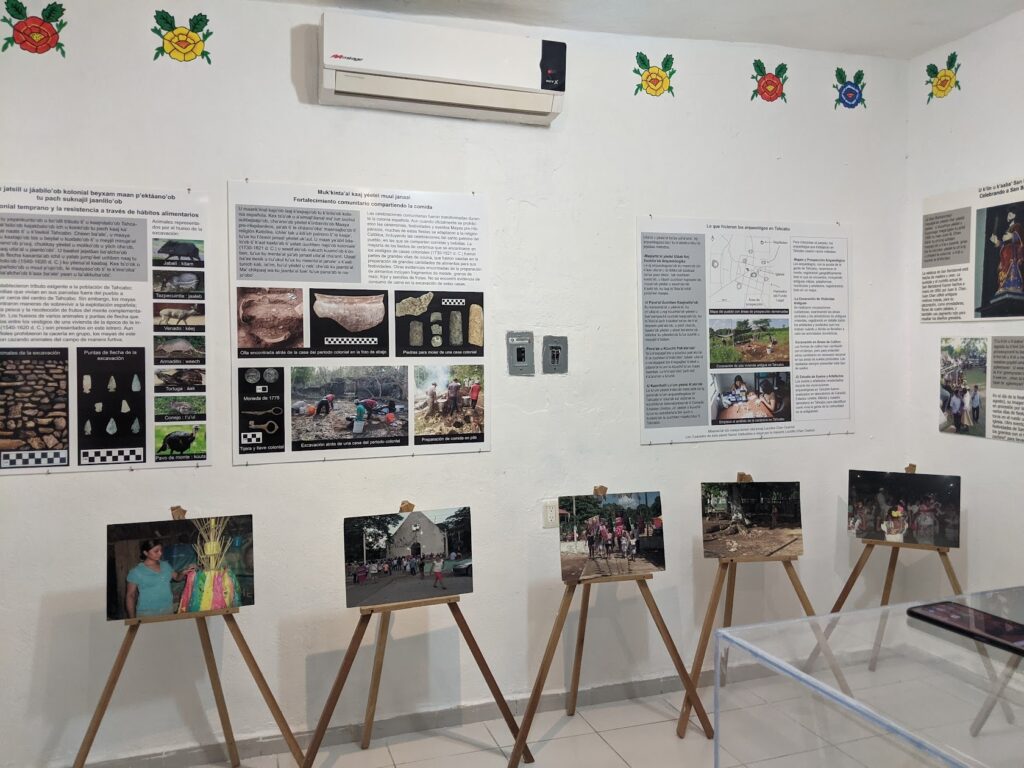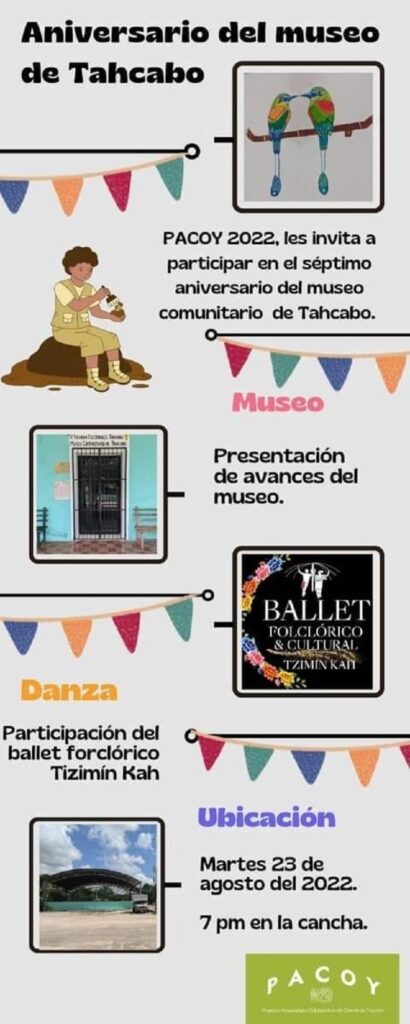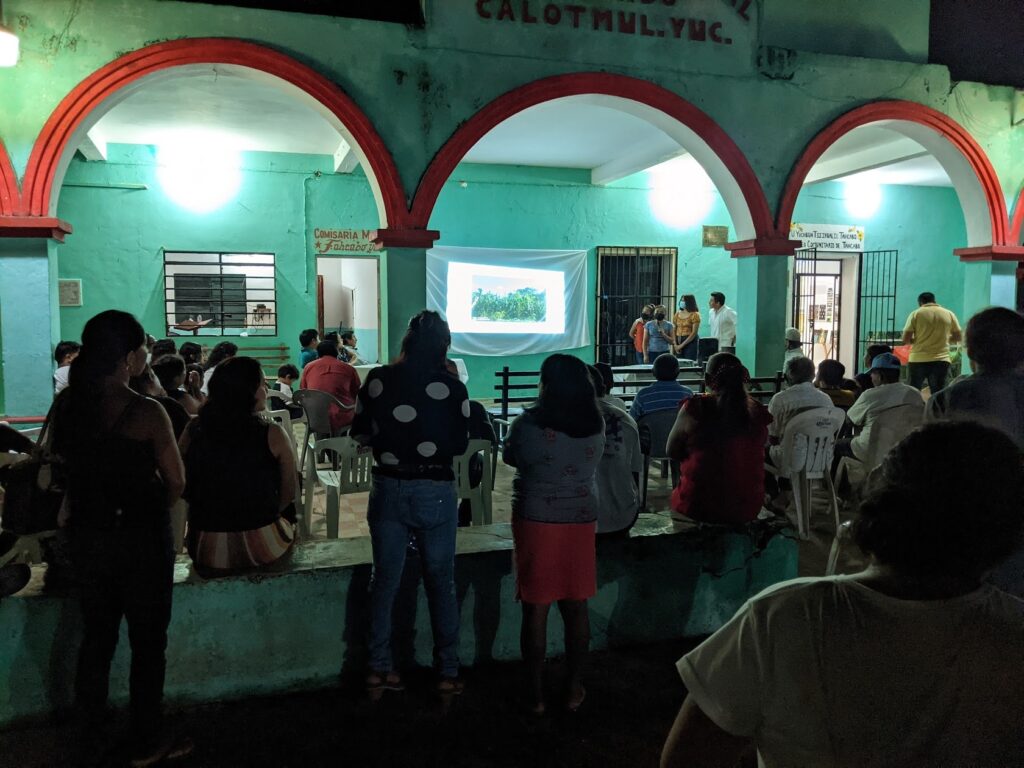Engaged Anthropology Grant: Maia Dedrick
Since the Tahcabo Community Museum’s founding in 2015, a goal of my dissertation research (which took place in Tahcabo, Yucatán, Mexico) has been to disseminate results to community members and interested visitors, not only through presentations and meetings, but also through the creation of a museum exhibit. Having completed my dissertation in the fall of 2019, my initial proposal for Wenner-Gren Foundation’s Engaged Anthropology Grant involved a summer season of exhibit development in 2020. As it became clear that the pandemic would prevent travel, I instead planned a remote season of programming for summer of 2020. My team, which included faculty and students from universities in Yucatán, Mexico (Universidad de Oriente), and Ithaca, New York (Cornell University), developed a survey about the museum and plans for its future, distributed to community members with connections to Tahcabo through social media (Figures 1 & 2) and later in 2020 by local university students conducting their undergraduate thesis research on-the-ground. Through this process, we identified major exhibit themes and content. During much of 2020, the town of Tahcabo itself, and the museum in particular, were closed to visitors due to risk of virus transmission.
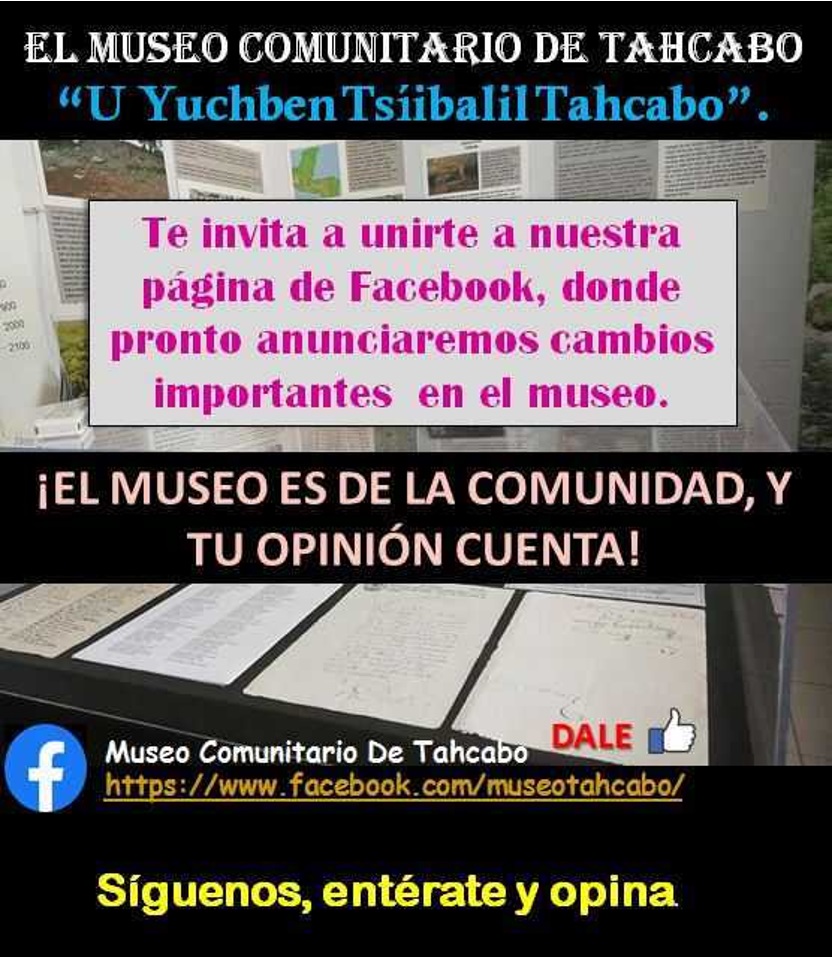
During the fall 2021 semester, two students enrolled in a class I taught on Community Engagement in Archaeology at Cornell University chose to help draft exhibits for the Tahcabo Community Museum as their final course assignments. Project travel eventually became possible in December of 2021, with an extended season taking place over the summer of 2022. Having the opportunity to meet with town residents in person and especially have on-site opportunities to consider the designated museum space within the town hall generated ideas and opened the imaginations of those involved. Members of the town’s heritage committee, who had run the museum from 2015-2020, encouraged us to reach out to younger people in town, many pursuing or having recently completed university degrees, to have them drive the process of museum renovation and exhibit installation. Those students, in turn, made helpful suggestions about how to update the museum after its extended closure and accommodate new information while maintaining the contents of the previous installation. After years of rainfall, the building needed a new coat of waterproofing sealant and paint, and the students suggested the interior walls should be white (rather than the previous light gray), and proposed decorations consisting of brightly colored flowers and birds in the style of embroidered adornments often found on regional blouses and dresses (Figure 3). With these ideas in mind, in August of 2022 young adults from Tahcabo and four students from the Universidad de Oriente completed the renovation of the museum (Figure 4). In addition, a local mason re-installed heritage trail signs around the community that had fallen into disrepair over the course of the previous years, replacing rotting wood posts with cement bases (Figure 5).
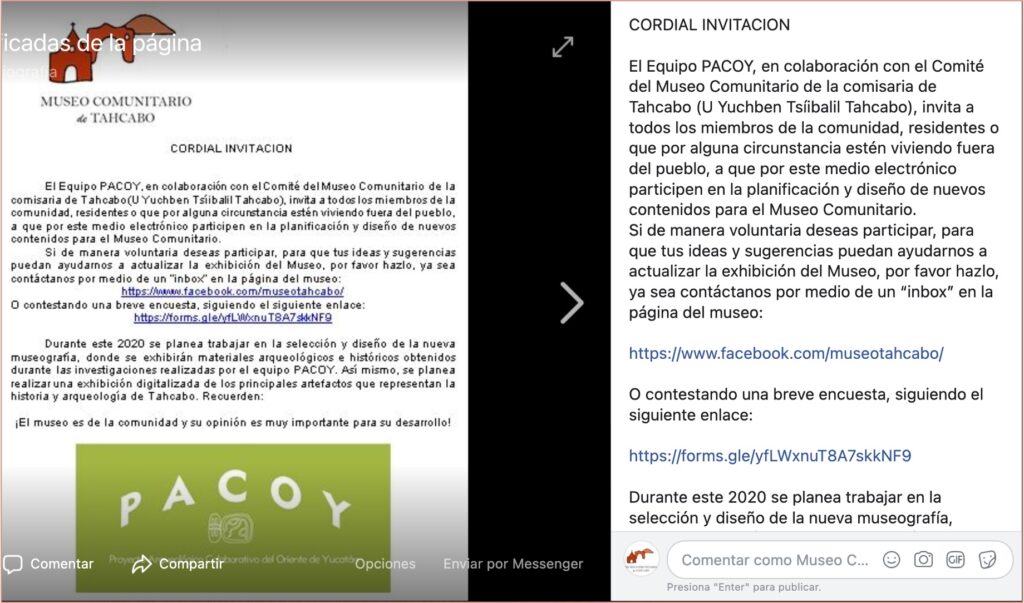
At the conclusion of several meetings with community members about the future of the museum and outcomes of the excavation seasons that constituted my dissertation research, the text and images for the new exhibits were finalized. Mtra. Lourdes Chan Caamal of Dzitbalché, Campeche, translated the Spanish text into Yucatec Mayan language, while the UNO students did a second read-through of the Yucatec Mayan text to ensure intelligibility within the dialect of eastern Yucatán. Old exhibits were reinstalled in updated locations, and newly printed acrylic signs pertaining to daily life during the colonial period and the methods used for archaeological research were installed (Figure 6). The museum renovation was celebrated through an event on August 23, 2022, which fell during the town’s patron saint day celebrations and also corresponded with the seventh anniversary of the community museum (Figures 7 & 8).

